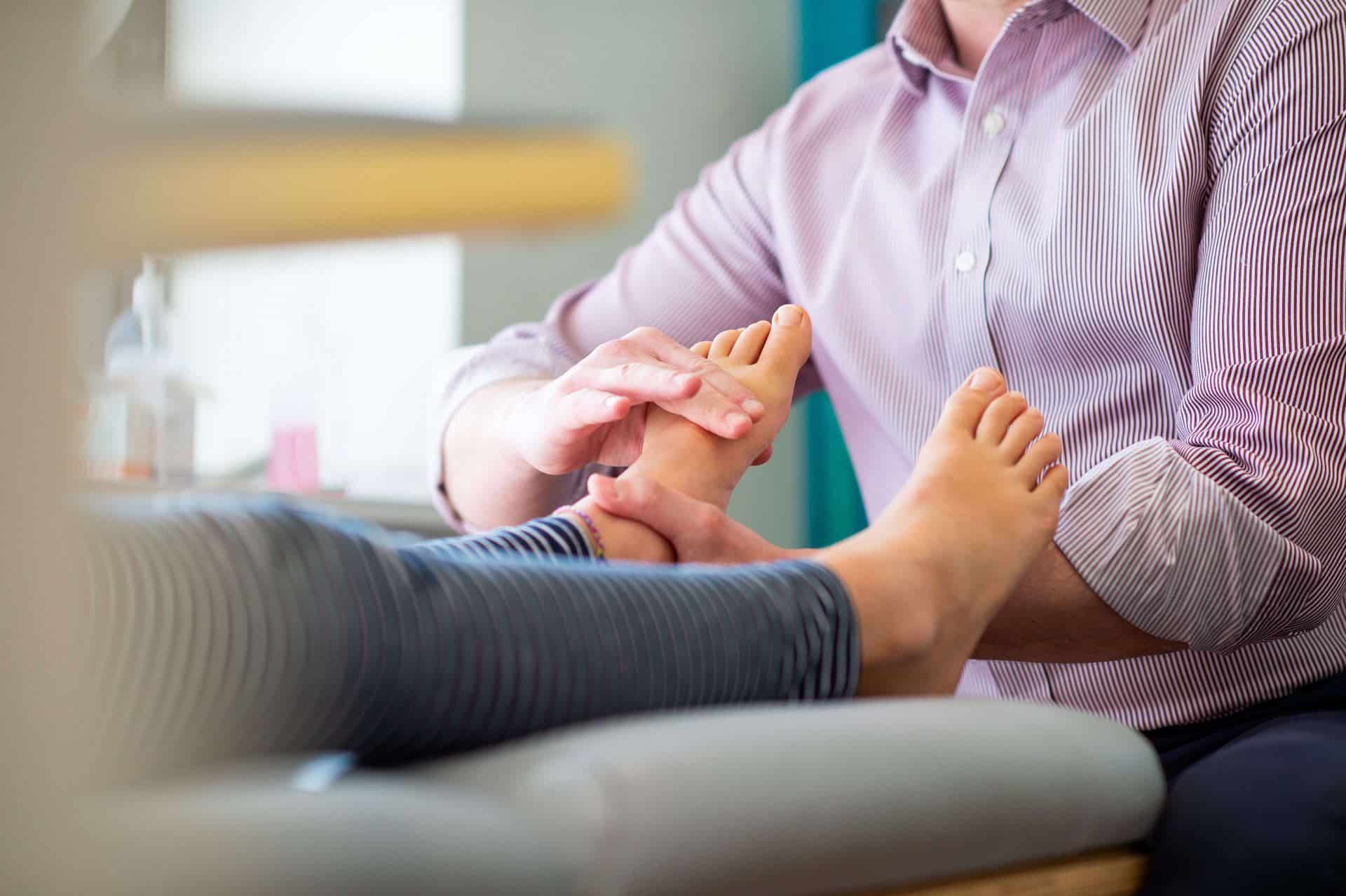Treatment Options
From primary care to minor surgical procedures, ACT Podiatry offers a comprehensive suite of podiatric treatments to help you move freely and live without pain.

"ACT Podiatry has been the best decision I've made. I suffered from severe osteoarthritis in my feet, Dr Clews provided me with an option for reconstruction when no one else did"
— Samantha G., Verified Patient